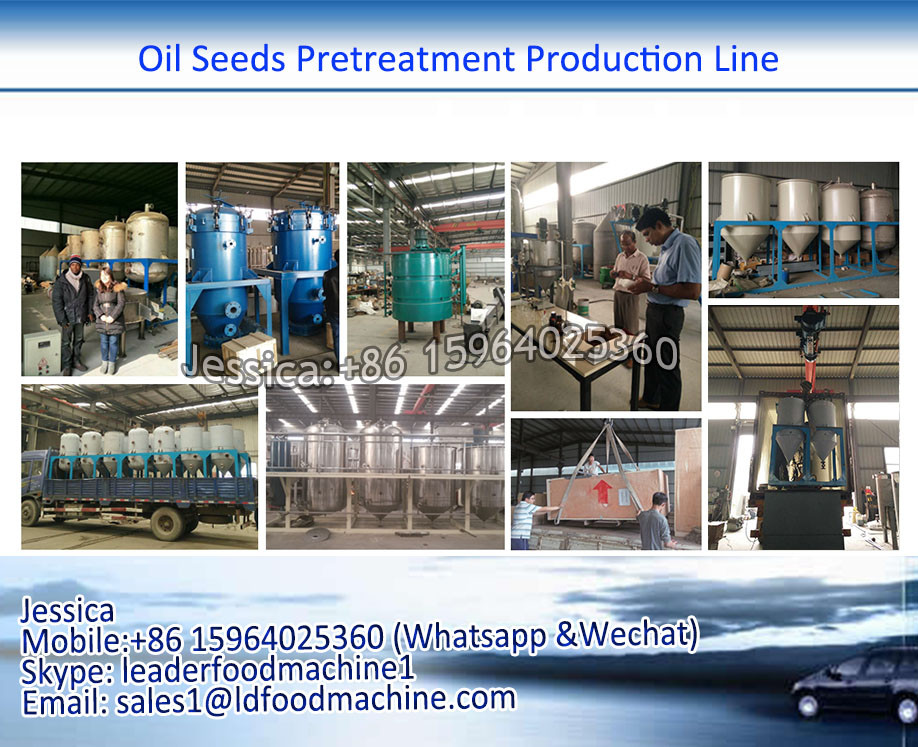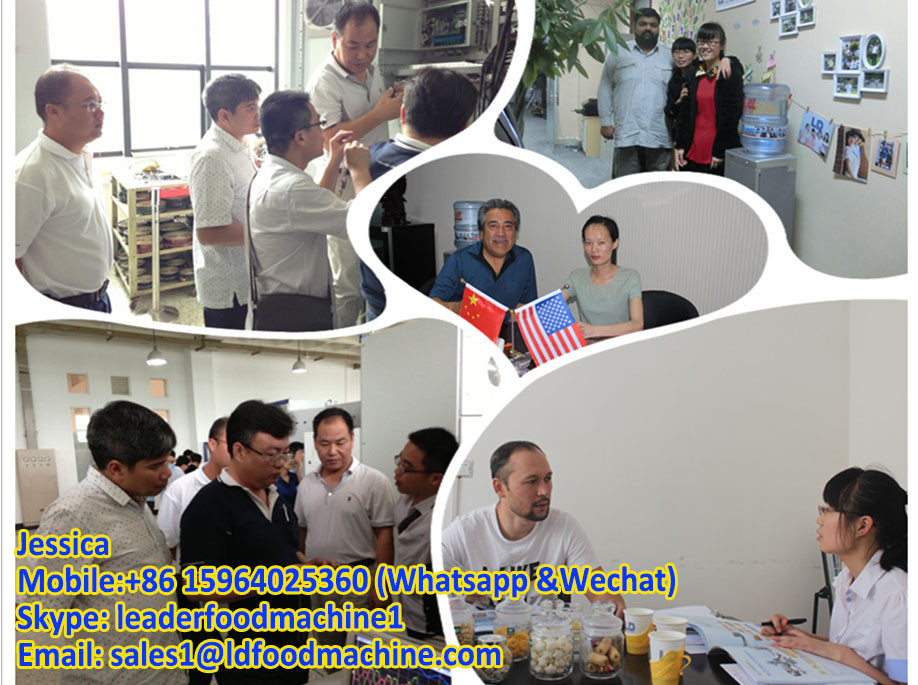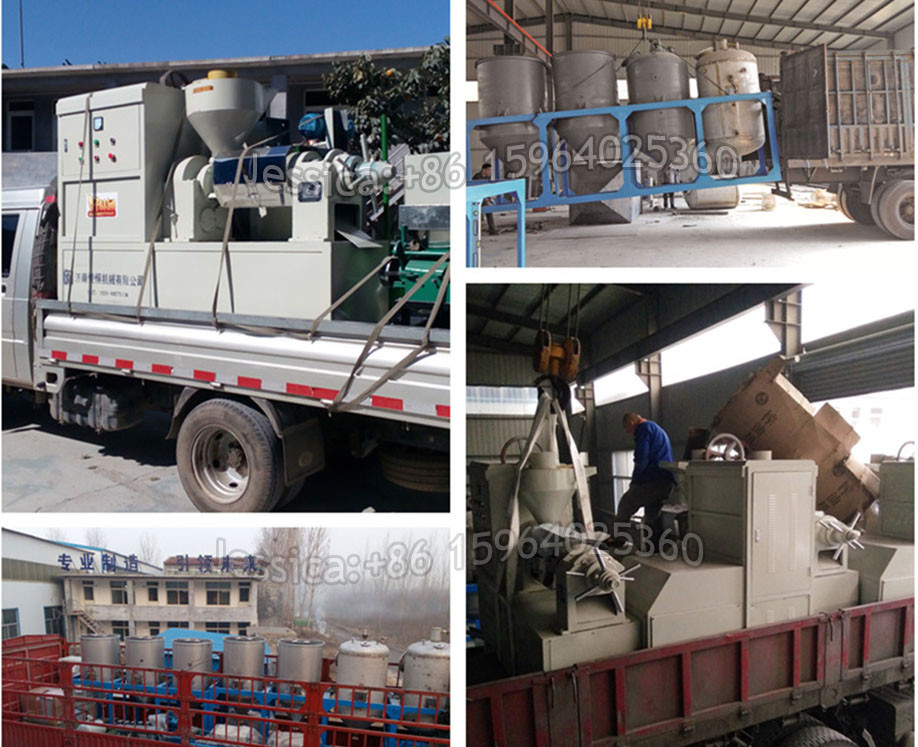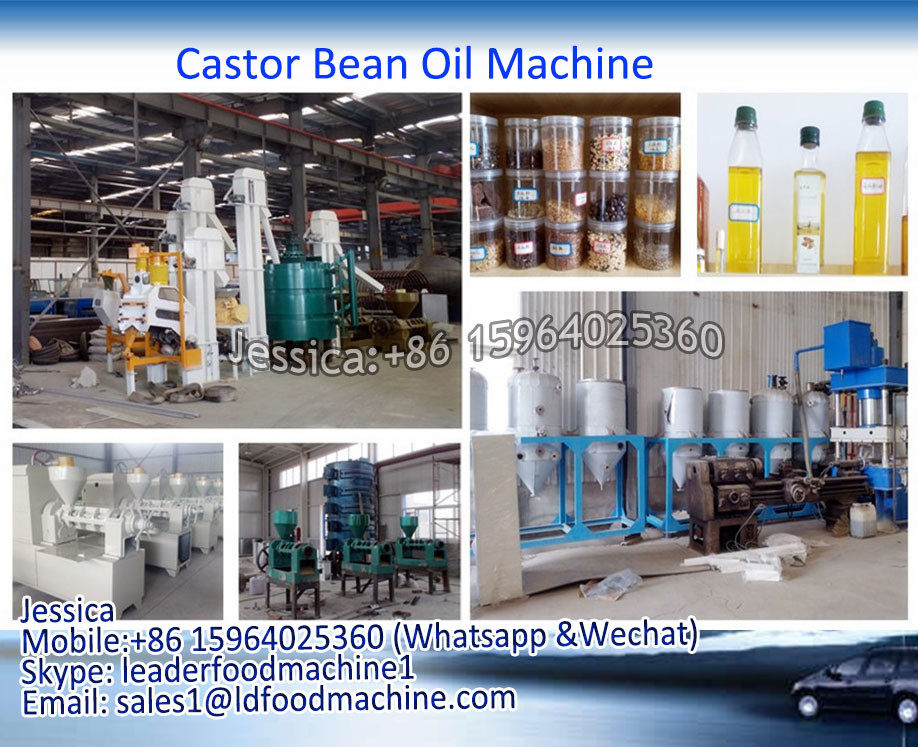2015 High Quality Soybean oil refining machine / making machine
Oil refining means separating impurity from oil based on the different characteristics of oil and impurity, in order to enhance the stability and security of oil. Oil refining including two technologies, physical refining and chemical refining.
Physical refining
Physical refining means removing free fatty acid using wet distillation rather than neutralization. It has the following features:
1.Less oil loss and product have high stability;
2.More suitable for oil with high acid value and low gum impurity;
3.More FFA is distilled out;
4.No wastewater in the process of water washing.
Chemical refining
Chemical refining means removing FFA in a chemical way(acid-base neutralization). Chemical refining has following features:
1.Excellent adaptability and less requirements to oil quality;
2.Niger have strong adsorptivity, and it have de-acidify, de-gum and de-impurity function together;
3.High quality of product;
4.Less clay is added into compared with physical refining.




Brief description of soybean oil refining machine and its advantages:
1. Reasonable combination of various technology in oil refinery project, well-made equipment and high standard requirements of products can provide a perfect service for you.
2. Advanced technology of the refinery project, excellent equipment, automatic control and excellent technical and economic indicators can meet different refining requirements of customers both at home and abroad.
3. Adopting all kinds of heat exchangers greatly saves energy consumption.
4. Adopting soft column deodorization tower, steam consumption is greatly saved.
Main economic and technical parameters of soybean oil refining machine:
Power consumption |
≤ 30KWh/T |
Steam consumption |
≤350Kg/T (0.8MPa) |
Clay consumption |
≤ 1-3% Oil weight (adjustable) |
Technological process details of soybean oil refining machine:
1. Acid reaction process
Oil temperature can be adjusted by screw plate heat exchanger. When the temperature is heated to about 80℃, mixing about 85% food grade phosphoric acid into acid reaction tank for reacting. In the tank, most non-hydrated phospholipid transfer into hydrated phospholipid.
2. Neutralization process
In the neutral section, degummed oil with appropriate temperature and the appropriate concentration of alkali liquor, into the neutralization centrifugal mixer mixing, in order to achieve the best effect of mixed, the mixture is then sent to neutralization tank for enough time, in this process, excessive alkali neutralization of free fatty acids and some phosphate form soapstock , after pumping oil soap mixture into heater oil heating to 85 ~ 90 ℃ in centrifuge separation oil - soap (or oil - glue). Oil soapstock of the separated (or foot) feet into the oil tank, and then to the salting out with soap pump tank isolated part of the oil.
3. Washing process
Neutral oil from separator, still contains about 500 ppm soap, in order to reduce the residual content of soap, oil is joined by about 10% of hot water, washed in the washing mixer, hot water will absorb oil soap and other impurities, then in the water separator are separated.
4.Vacuum drying section
The neutralization and washing oil separated from the washing separator still contains some residual water adverse to the oil stability, in order to get rid of these water, the oil is sent to the vacuum dryer to dry when the temperature is still at about 110-120°C, the dried oil is sent to the bleaching section directly by the oil bank.
5.Bleaching process
The main purpose of this procedure is to remove the pigments and residual soup in the neutralization oil of the crude oil. The oil is sent to vacuum bleaching tower after heated to 105°C. When the oil is sent into the tower, it is mixed by the ratio mixer with carclaLDte whose dosing was control by a program controller and the dosing unit is installed on the ratio mixer directly. The carclaLDte conveyor system power is the wind and the bleaching earth was conveyed to the carclaLDte temporary storage tank in the upper part of the bleaching tower to supply the ratio mixer.
6. Filteration
Miscella mixed by oil and clay from decolorization tower is pumped into bleaching tower, then enters fine filter, in which clay and fixed impurities is blocked. And the filtering substance (bleached oil) is transferred into storage tank of bleached oil. There are two bleaching filters in this system, one of the bleaching filter is always in the state of filtering, another is in the state of emptying and cleaning state.
7.Deodorization process
Deodorization process aims to remove the FFA, low molecular compounds and others existing in bleached oil. The flow of bleached oil entering deodorization process is controlled by a flow controller, and the oil is heated to the deodorization temperature of 250-260℃ through a series of heat exchanger.
Our Services

